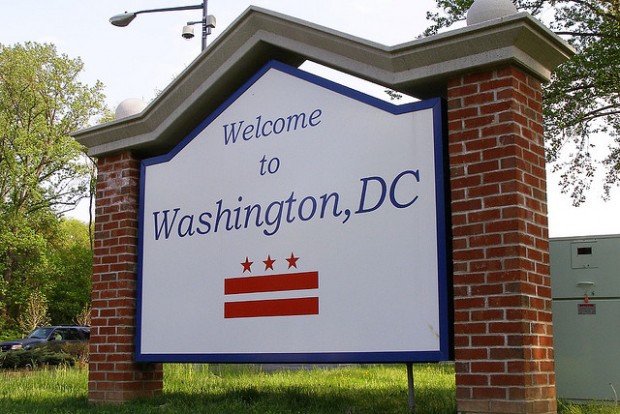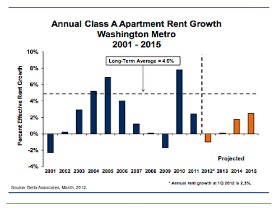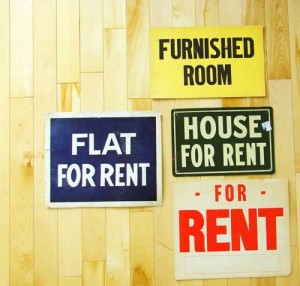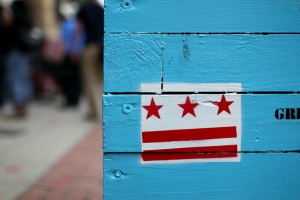Today marks the 44th anniversary of the assassination of Martin Luther King Jr., a day that shook a nation and forever changed D.C.’s landscape. The riots that erupted in the wake of King’s killing devastated many D.C. neighborhoods, which were left economically depressed for decades. That environment set the stage for present day gentrification.
Rioting after King’s assassination lasted for days in D.C., where initially peaceful gatherings turned violent. People looted businesses and more than 1,000 buildings burned to the ground. A curfew was put into place. Ben’s Chili Bowl on U Street was one of the few businesses that remained opened through the riots.
In the video below, Ben’s Chili Bowl cofounder Virginia Ali and others recall D.C. during the riots. They also talk about how Ben’s survived the aftermath of the riots and then weathered gentrification. Ben’s is one of the oldest businesses on U Street and is now a bonafide D.C. landmark.
At the end of the video, Virginia Ali says, “What has been most interesting and most satisfying for me, is to go into the Chili Bowl and see people from all walks of life: the rich, the poor, the intellectuals, those who haven’t gotten very much education.” It runs the gamut, she says, including people of all races, and seeing such diversity has “just been wonderful. I think that’s what the world should look like.”












